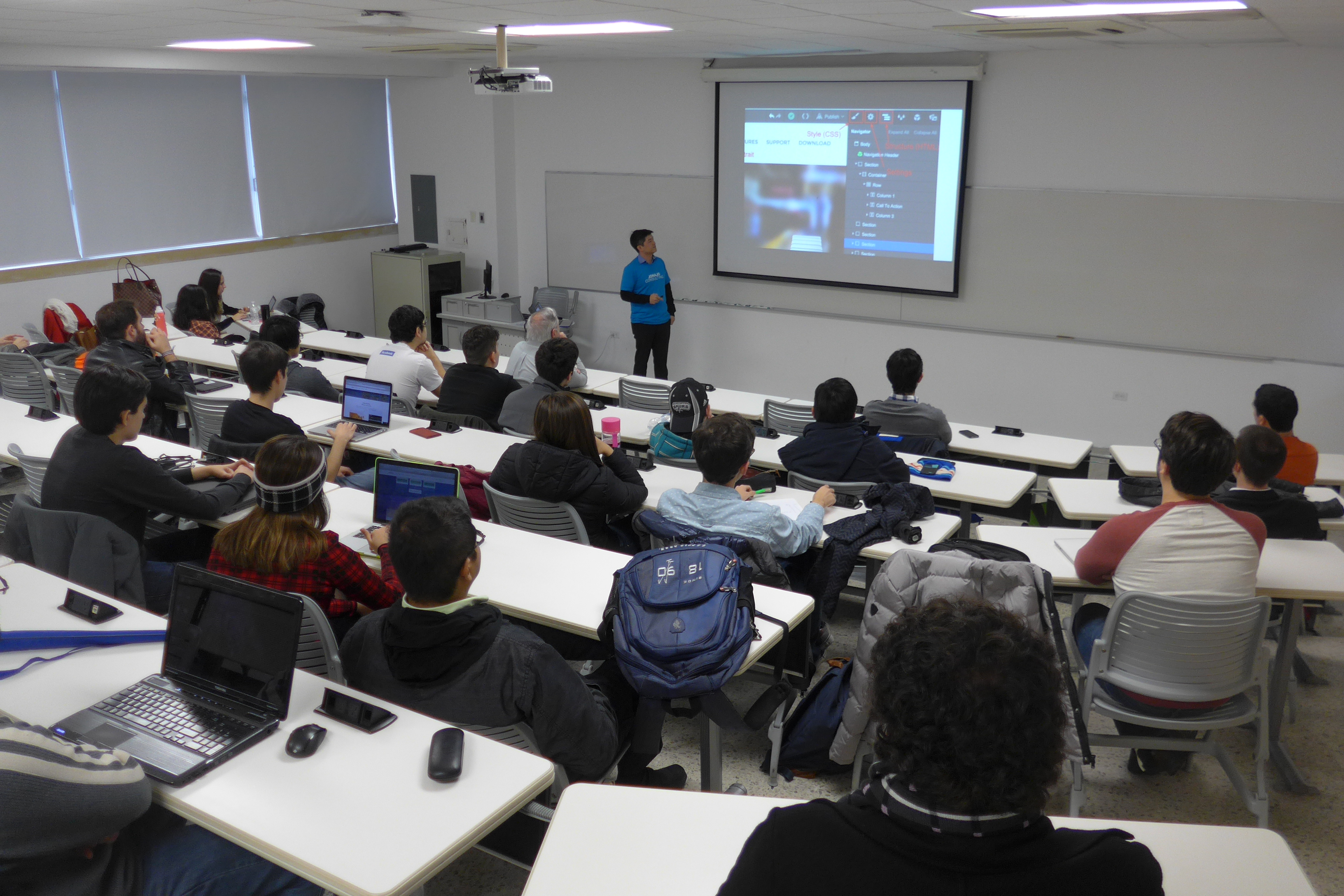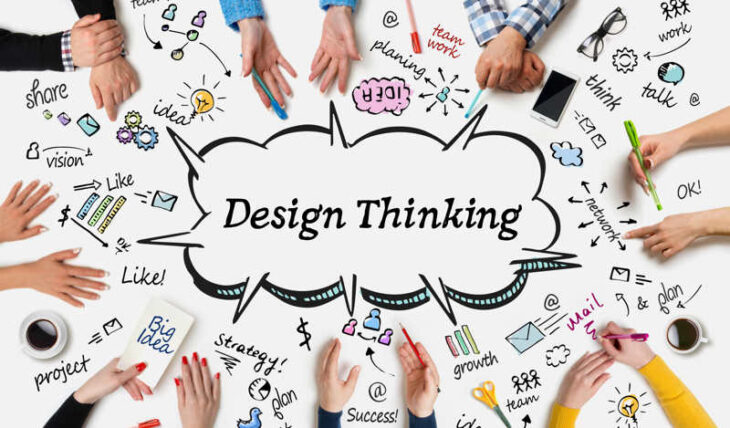In the rapidly expanding world of mobile applications, where competition is fierce and user expectations are sky-high, the need for innovation and user-centric design has never been greater and more challenging. This is where Design Thinking comes into play, providing a structured approach to developing mobile apps that cater to the needs and desires of users.
But first… What is Design Thinking?
Design Thinking is an iterative, human-centered approach to problem-solving and innovation. Rooted in empathy and creativity, it emphasizes collaboration and prototyping. Its core stages typically include:
- Empathize: Understand the needs, desires, and pain points of the target audience.
- Define: Clearly articulate the problem or challenge to be addressed.
- Ideate: Generate a multitude of creative ideas without judgment.
- Prototype: Build low-fidelity models or representations of the proposed solutions.
- Test: Gather feedback through user testing and refine the solutions iteratively.
Now, let’s delve into why Design Thinking is indispensable for crafting successful mobile apps.
User-Centric Development
User-centered design is at the heart of mobile app success. Design Thinking’s first stage, empathizing with users, ensures a deep understanding of their preferences, behaviors, and pain points. This empathetic perspective is critical for developing mobile apps that truly resonate with their intended audience, resulting in increased engagement and loyalty.
Problem Solving at Its Core
Design Thinking begins with defining the problem to be solved. This step is essential in mobile app development, as it sets the course for the entire project. By thoroughly understanding and articulating the problem, app developers can align their efforts with user needs, ensuring that the final product solves a real and meaningful challenge.
Innovation and Creativity
Innovation often distinguishes successful apps from the rest. Design Thinking encourages creative brainstorming and idea generation during the ideation phase. This fosters a culture of innovation, increasing the likelihood of discovering novel features or functionalities that can set an app apart in the crowded app marketplace.
Collaboration Across Disciplines
Developing a mobile app is a multidisciplinary endeavor, involving designers, developers, marketers, and more. Design Thinking promotes collaboration among these diverse team members. Cross-functional teams can effectively combine their skills, insights, and perspectives, resulting in holistic app solutions that address both technical and user experience aspects.
Rapid Prototyping and User Feedback
Speed to market is crucial in the mobile app industry. Design Thinking’s emphasis on rapid prototyping allows app developers to create low-cost, low-fidelity versions of their concepts for quick testing. This iterative approach ensures that user feedback is gathered early and often, leading to continuous improvement and a higher likelihood of a successful app launch.
Risk Mitigation
By engaging in iterative testing and refinement, Design Thinking helps mitigate the risk associated with mobile app development. Rather than waiting until the end of the project to gather user feedback, designers can identify issues and make adjustments throughout the process, reducing the chances of costly mistakes or redesigns.
Exceptional User Experience
In the mobile app realm, user experience (UX) is a critical success factor. Design Thinking’s user-centric approach naturally leads to the creation of apps that are intuitive, enjoyable, and satisfying to use. Apps with outstanding UX are more likely to retain users, receive positive reviews, and ultimately succeed in the market.
In Jonajo Consulting we make sure the code moves your app, and design moves your users. Our unique UI/UX design services increase user engagement, improve user behavior for both web and mobile devices, drive digital transformation, and strengthen your brand with our team by your side.


